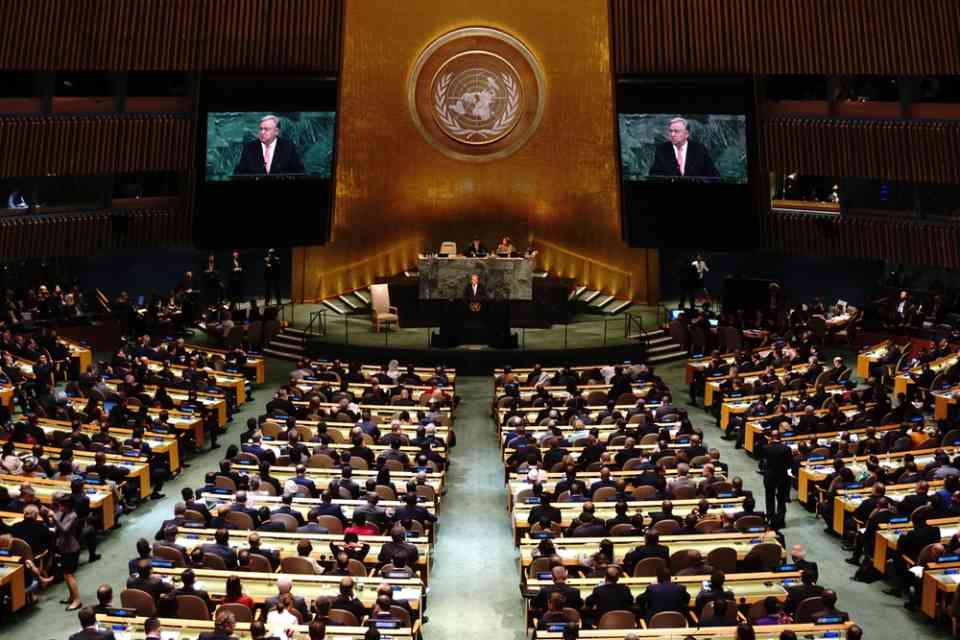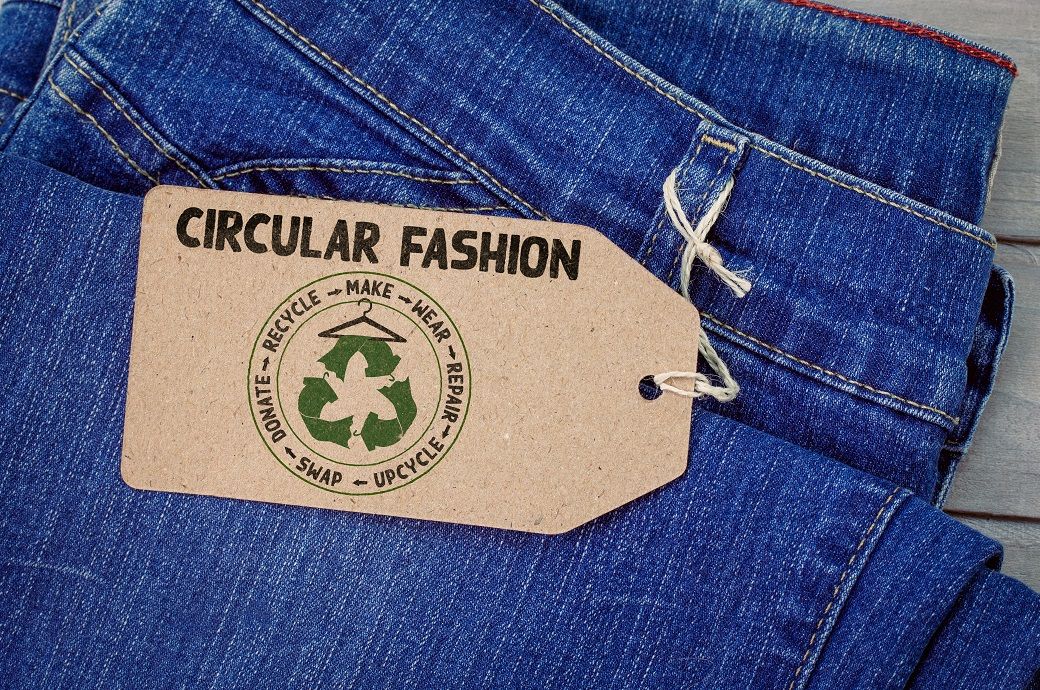The seven transition pathways mentioned in the report are: reducing overall consumption of resources across the product lifecycle; banning the destruction of fashion and textile ‘finished goods’; investing in education on responsible and sustainable industry practices; accelerating government sustainable procurement; incentivising use of recycled, non-virgin materials; increasing and regulating textile transparency, traceability, and verification; and increasing support for the development and execution of clothing extended producer responsibility (EPR), according to the ‘Textiles: A transitions report for Australia’, developed by MSDI’s circular economy textiles team.
The Australian government and fashion industry have been called to reduce its fashion footprint and demonstrate leadership in sustainable practices by prioritising planetary and human health in a report by Monash University’s MSDI. It has recommended seven transition pathways to help Australia’s fashion sector to shift to a sustainable system.
As a world-leading consumer of raw materials, Australia has a footprint of 47 tonnes per capita which is nearly double the OECD benchmark. With almost three quarters of the 17 sustainable development goals (SDGs) impacted by the textile industry, the report recommends setting goals that are measurable and time-bound to reduce the country’s overall material footprint.
Highlighting the interconnection between offshore and onshore practices, the report stresses the urgency for all industry stakeholders and levels of government to act fast, utilising collaboration and a codesign process to achieve a sustainable and responsible sector by 2030, in line with the UN SDGs.
“This is a hard nut to crack due to their international value chains and intimate connections to individual expression and lifestyle. We can no longer afford to ignore the social and environmental impacts and need to urgently find more comprehensive and inclusive solutions. This report offers seven useful collaborative pathways that will enable the urgent transition towards circular fashion and textiles,” said deputy director (research) of MSDI Professor Rob Raven.
The current model of textile production and consumption, such as fast fashion, is putting unsustainable pressure on planetary health, contributing to water shortages and pollution, biodiversity loss, soil degradation, and climate change. By 2030, it is estimated global apparel consumption will reach 102 million tonnes — an increase by 63 per cent from 2015.
Report co-authors and sustainable textiles experts Julie Boulton and Aleasha McCallion both agree that government support is one of the many things needed to avert the current trajectory, and help build an integrated and responsive system that can drive industry efforts towards sustainable change at speed and scale.
“Shifting the entire fashion and textile ecosystem will require work across multiple fronts — and it will need a coordinated effort including government, industry, academic, and consumer stakeholders to envision an industry transition road map,” said Boulton.
“The key component to any meaningful transformation is to work in partnership — which is why we seek to form a roundtable of experts to develop a vision forward. Collaborative action has the power to place the Australian textile and fashion sector as a global industry leader in responsible and sustainable practices before 2030. If we act urgently,” said McCallion while acknowledging that these proposed pathways are only a starting point.
report is the culmination of four years of research in the Australian textiles and fashion space. It takes a systems transformation approach — using an evidence-informed framework to detail a set of practical pathways towards achieving the United Nations 2030 Agenda for sustainable development.
Fibre2Fashion News Desk (NB)






































































